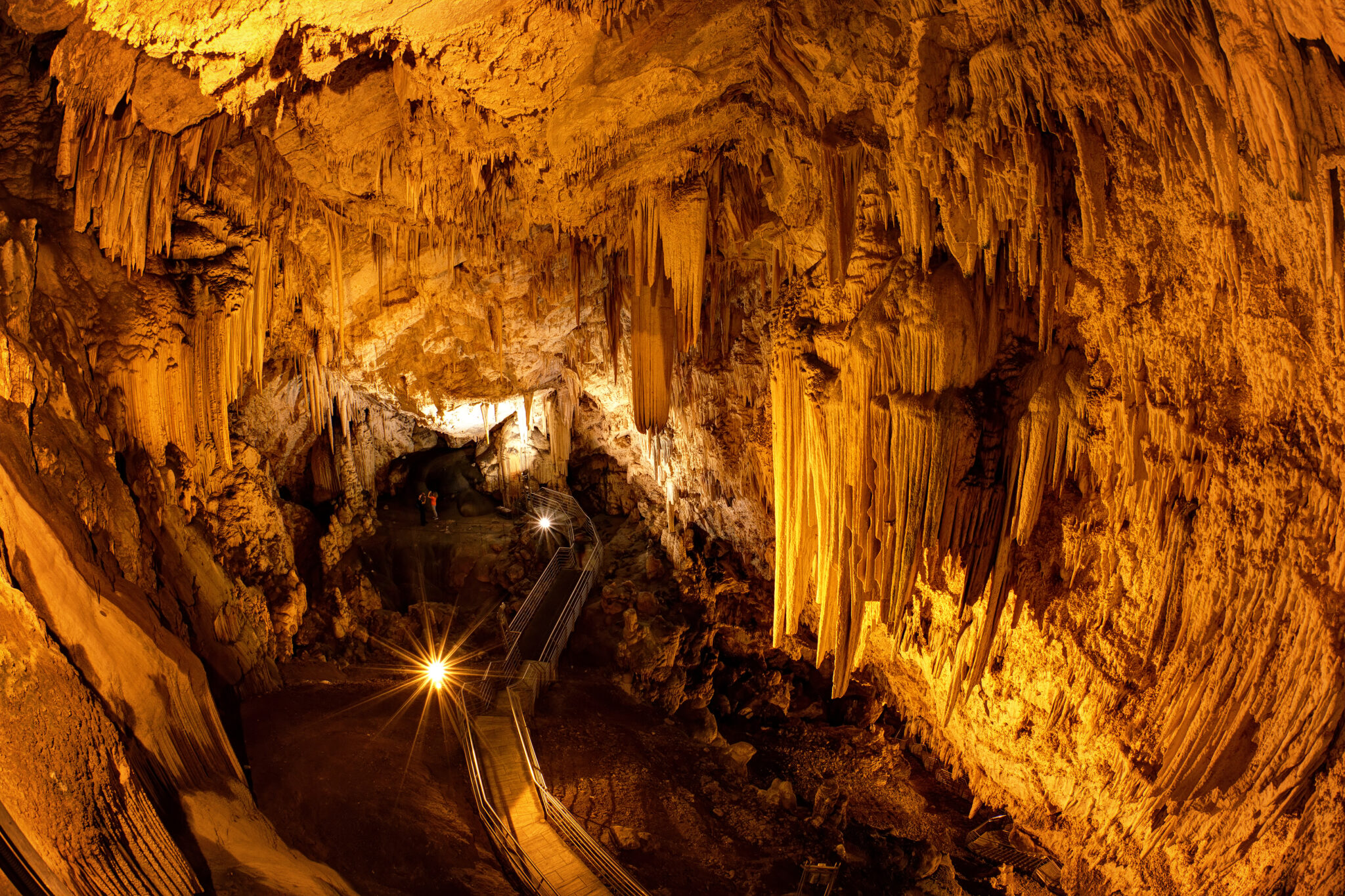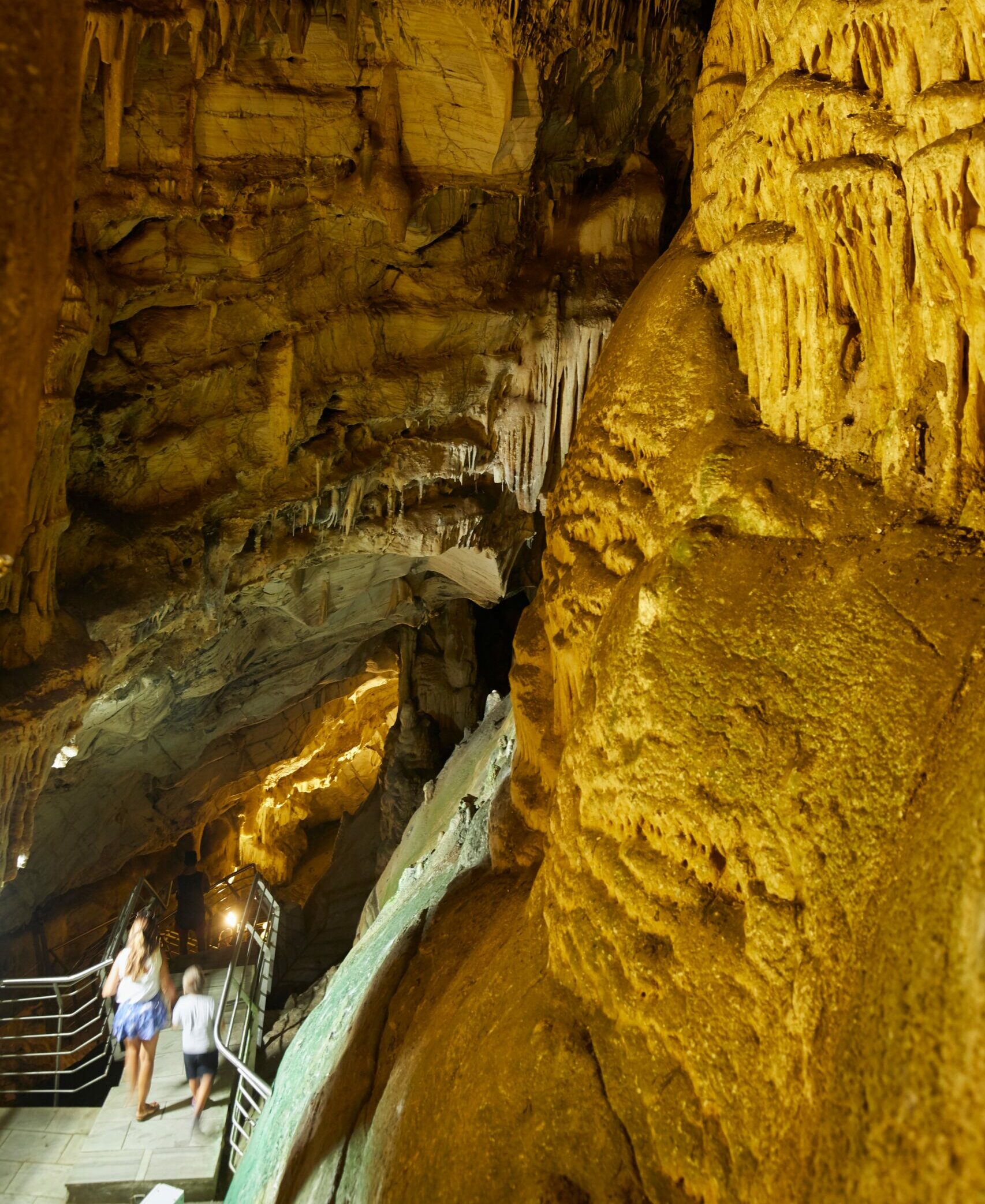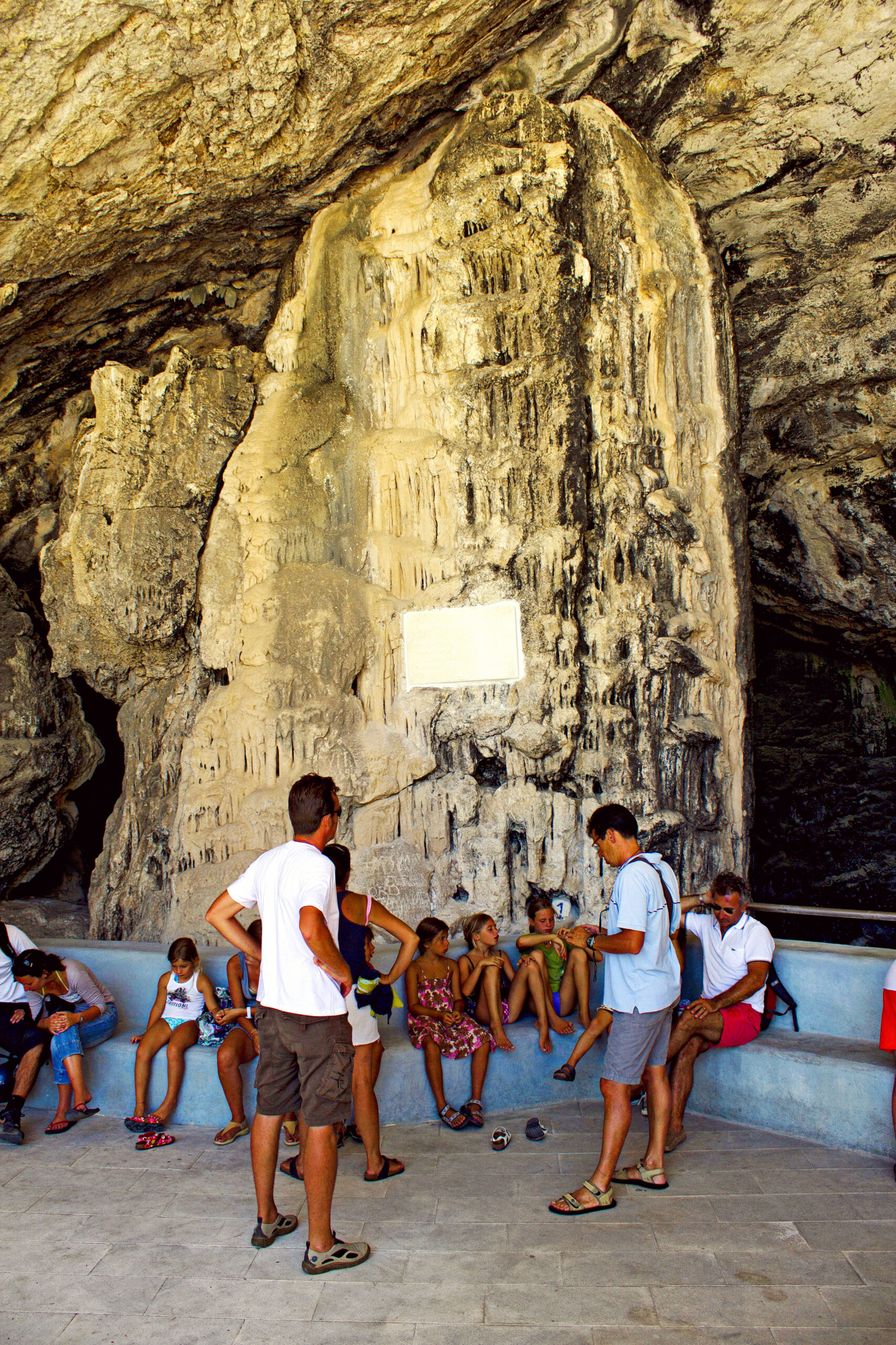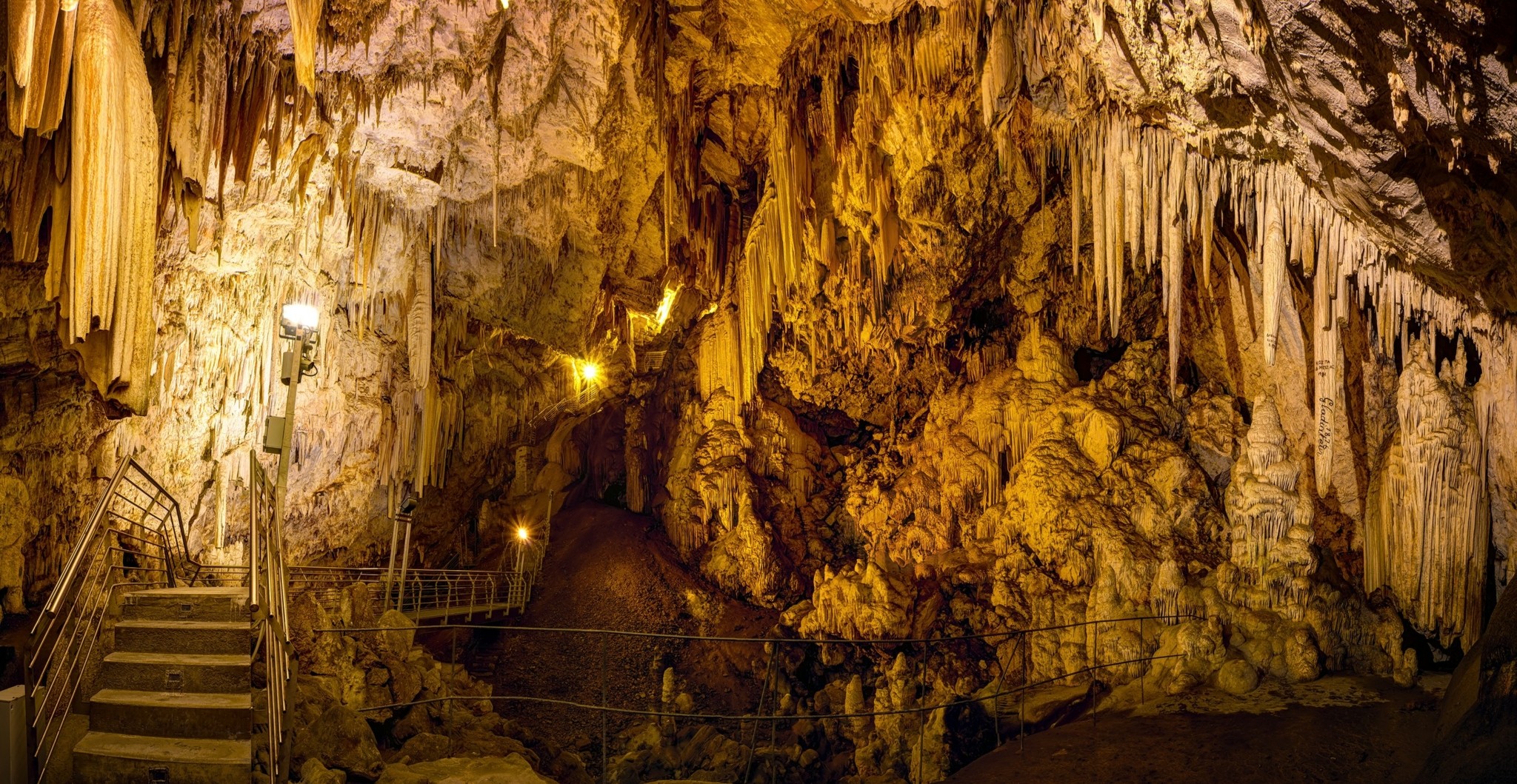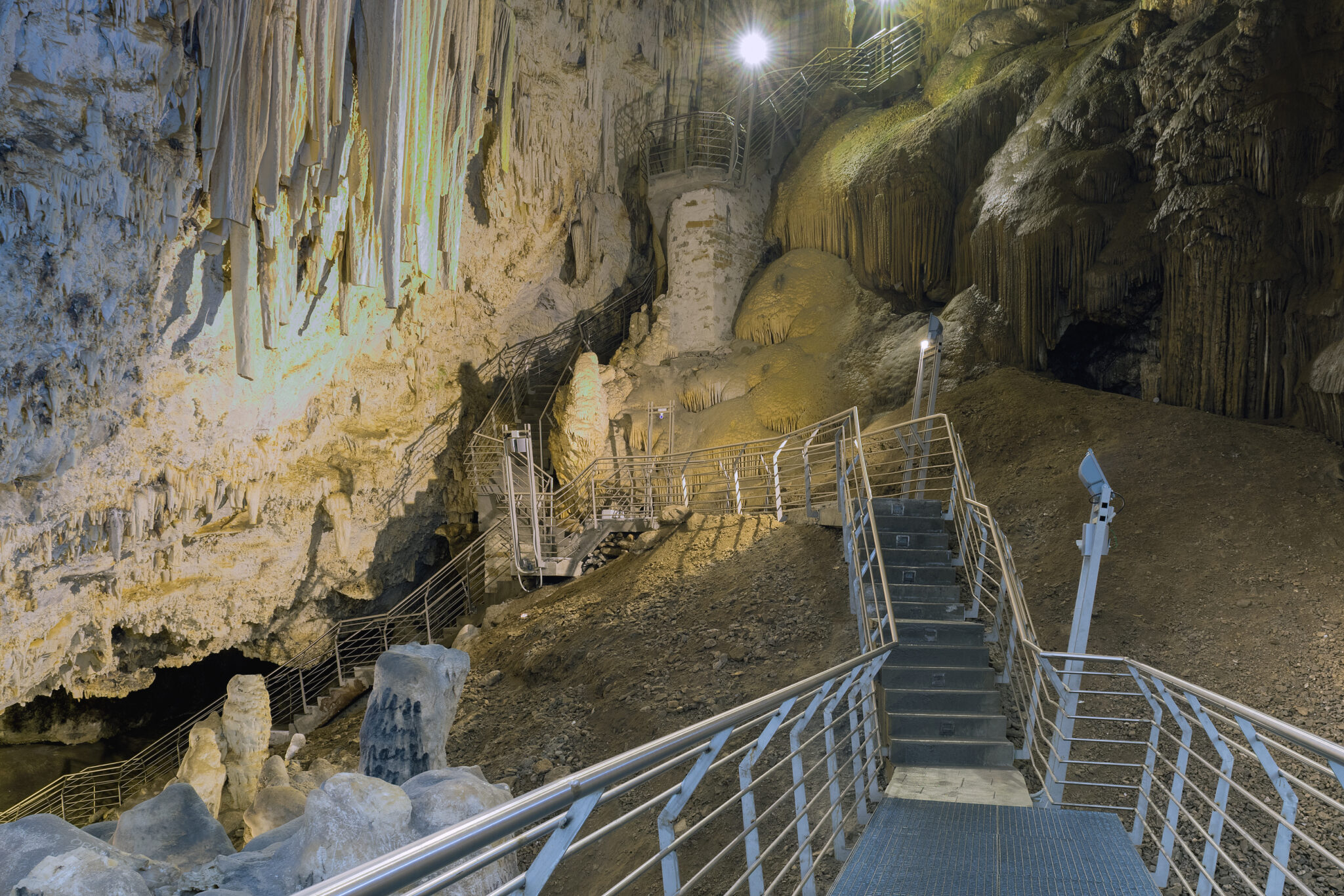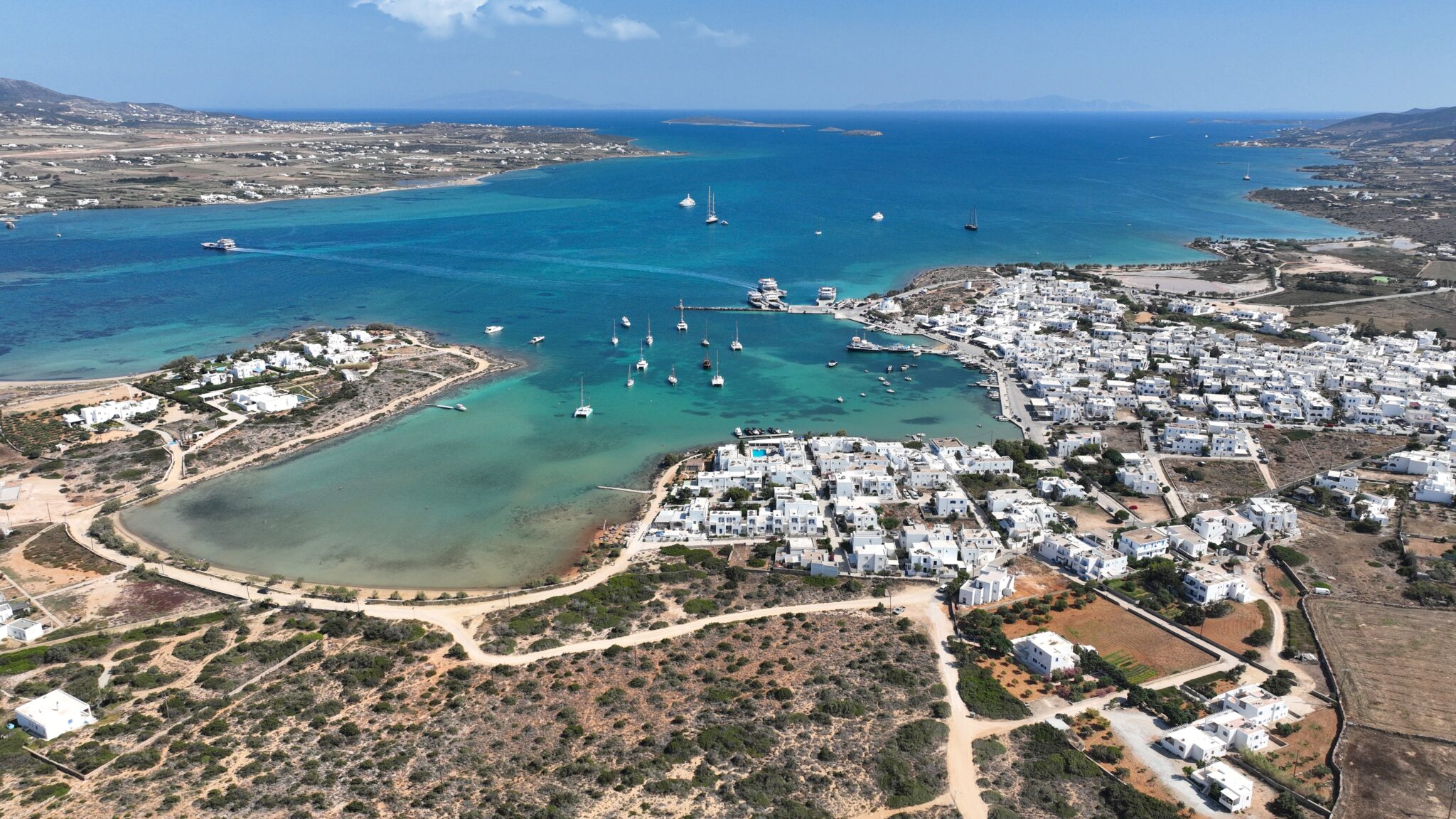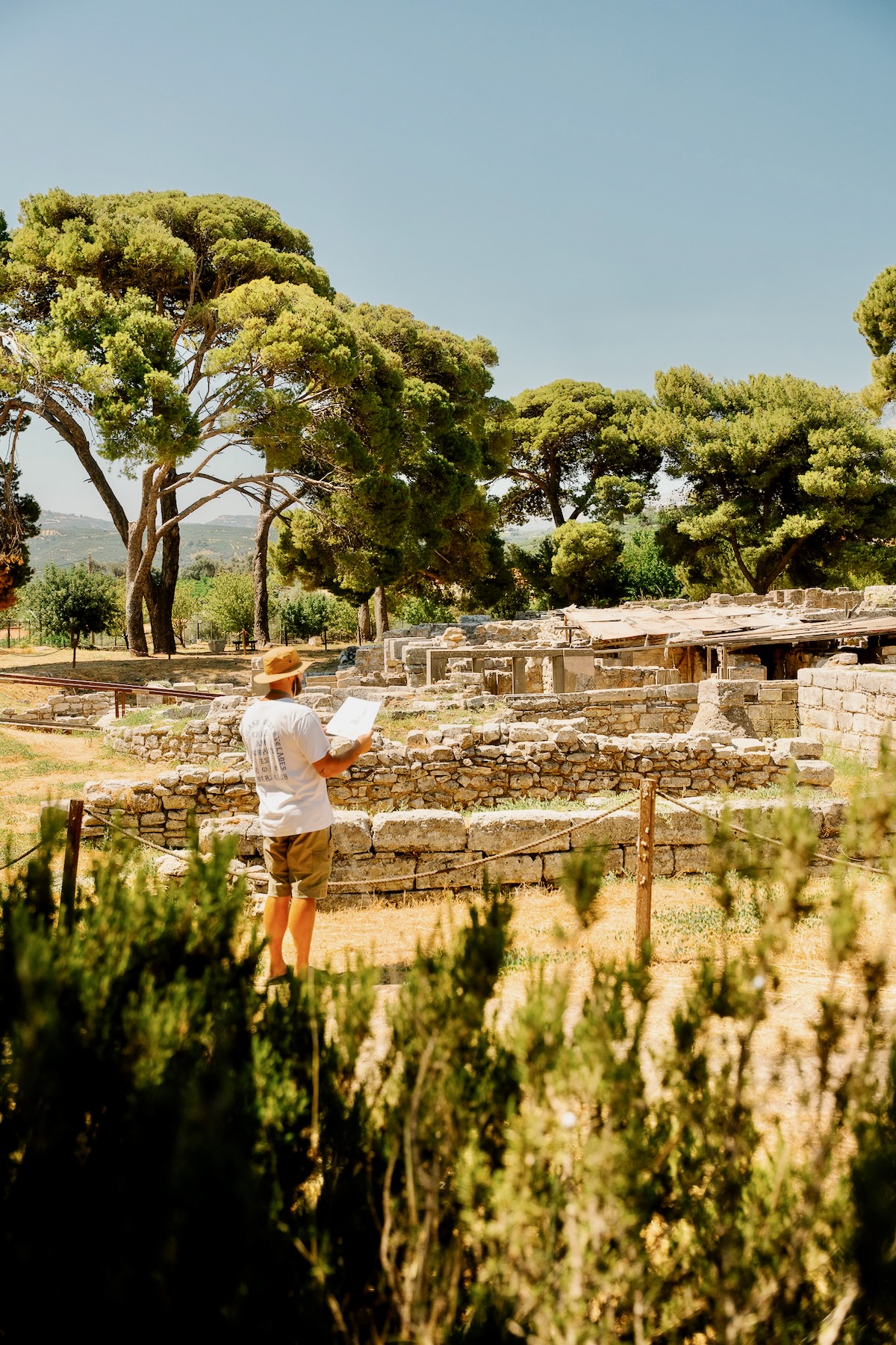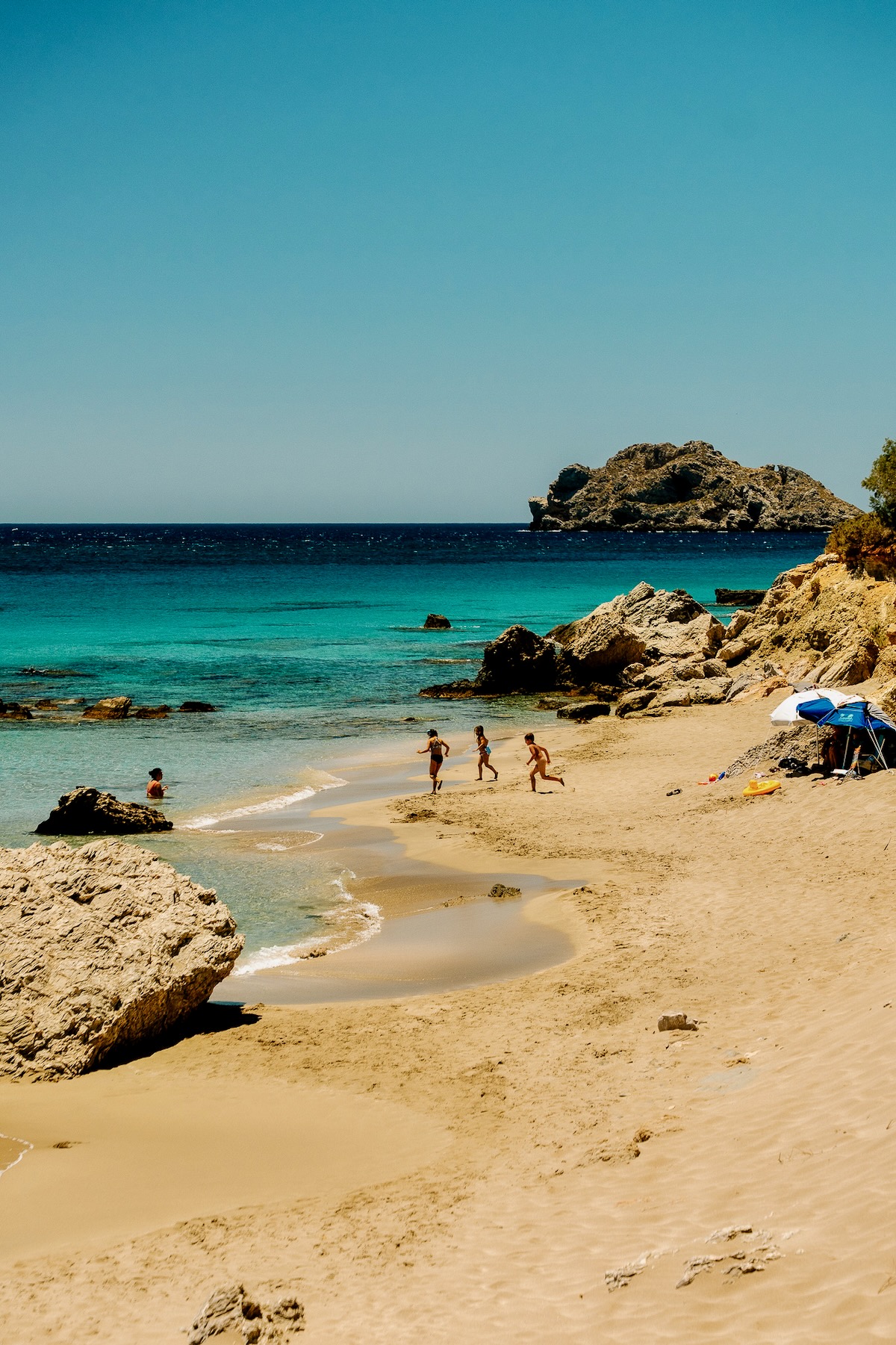Antiparos was one of Greece’s first destinations to attract “alternative” travelers from all over the world. On an island with such a unique vibe, it seems fitting that its most famous landmark is an otherworldly site with a history spanning millions of years.
The Cave of Antiparos is a remarkable creation of nature and an absolute must-visit for anyone spending even a few days on this Cycladic island. This vertical cave, unique in its kind, is located 171 meters above sea level. Visitors traverse the accessible section by descending a grand concrete staircase of 411 steps. This staircase offers access to a surreal spectacle where stalagmites and stalactites change form depending on the angle from which they are viewed. Notably, the cave features a stalactite believed to be the oldest in Europe, aged 45 million years.
Unlike other significant caves in Greece, the Cave of Antiparos was not discovered by a scientific team or accidentally by farmers and shepherds. Its existence has been known since antiquity, as evidenced by inscriptions found there and fragments of ancient pottery and artifacts from the Stone Age.
It has even been subject to looting, more befitting an ancient Greek tomb, and has been a tourist attraction for centuries.
The Infamous Looting
In 1673, the island was visited by the Marquis de Nointel, the French ambassador to the Ottoman Empire under King Louis XIV, the Sun King, as during that period Antiparos was under Ottoman rule. Nointel’s travels to the Greek islands were directed at collecting Greek antiquities for France. While in Paros, he learned about an ancient colossal statue in nearby Oliaros, the ancient name of Antiparos.
He arrived on Christmas Eve only to discover that the “statue” was a massive stalagmite. Nevertheless, he was so impressed by this decorative sculpture forged by nature that he decided to hold a Christmas mass there. Despite this show of respect, Nointel and his entourage cut pieces of stalagmites and stalactites, marking the first significant looting of the cave.
Similar events occurred during the brief Russian occupation of the island, about a century later. Nointel’s intrusive visit undoubtedly revived interest in the neglected cave. Increasing numbers of travelers soon attempted to descend into the cave with the aid of rope ladders and ropes. Many made engravings of the cave, which were published in books across European countries.
Equally impressive is the journey to the cave itself, looking out to remarkable views of the Aegean Sea. The small Cycladic chapel of St John at the cave’s entrance, a human addition, perfectly complements the impressive spectacle.
Practical Information for Visiting the Cave
The cave is located eight kilometers from the town of Antiparos and can be reached by bus.
It is is open to visitors until October, with operating hours daily from 10:00 AM to 4:00 PM. The last entry is 30 minutes before closing time.
Your ticket to the cave also grants access to the Antiparos Historical and Folklore Museum.
During winter, the cave is accessible by arrangement with the Municipality of Antiparos.
Tips for a Trip to Antiparos
Antiparos is a small island with good ferry connections to Attica, making it an ideal destination for a short getaway.
It isn’t necessary to bring a car to Antiparos. The island is small, and public transport serves the popular beaches. Alternatively, since Antiparos is flat, it might be a good opportunity to enjoy cycling around.
It has been a while since Antiparos was a quiet and primarily alternative destination. During the high season, it can get very crowded, so it might be better to plan your visit at the beginning or end of summer.
In addition to the cave, it is worth visiting the islet of Despotiko, with its beautiful beach and significant archaeological excavations. More information on these can be found here.
Read also:
Antiparos: Ancient History, Natural Wonders and Coastal Charm



